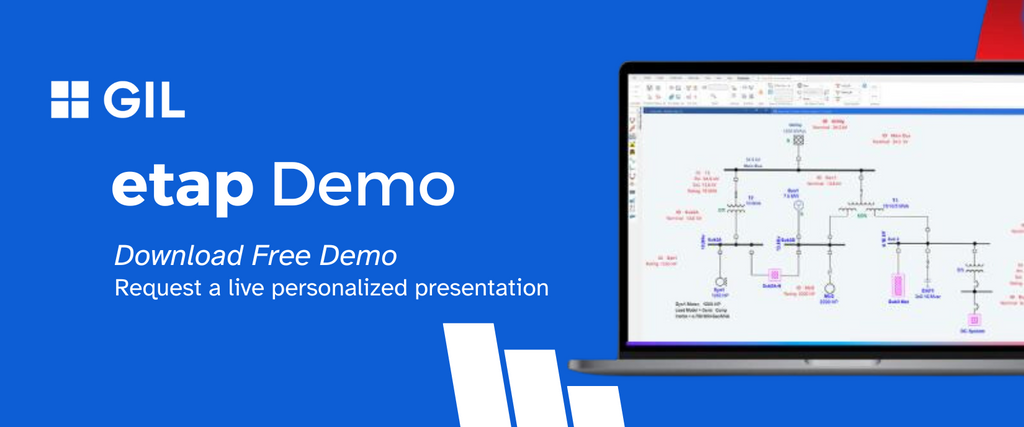Hybrid Cloud Mesh, which is now generally available, is revolutionizing application connectivity across hybrid multicloud environments. Let’s compare Hybrid Cloud Mesh and a typical service mesh to better understand their differences in the realm of modern enterprise connectivity. This comparison is important because both solutions focus on application-centric connectivity, although in different ways.
Before we dive into the comparison, let’s briefly revisit the concept of Hybrid Cloud Mesh and a typical service mesh.
Hybrid Cloud Mesh
Hybrid Cloud Mesh is a modern application-centric connectivity solution that is simple, secure, scalable, and seamless. It creates a secure network overlay for applications distributed across cloud, edge, and on-premises, addressing the challenges of services distributed across hybrid multicloud.
Service mesh
A service mesh is a configurable infrastructure layer that manages connectivity between microservices. It handles service-to-service communication, providing functionalities such as service discovery, load balancing, encryption, and authentication.
Language libraries for connectivity have inconsistent implementation of traffic management features and are difficult to maintain and upgrade. A service mesh eliminates these libraries and allows services to focus on their business logic and communicate with other services without adding connectivity logic in situ.
Hybrid Cloud Mesh versus service mesh: a comparative analysis
1. Scope of connectivity
Hybrid Cloud Mesh: Extends connectivity beyond microservices within a containerized application to applications deployed across on-premises, public cloud, and private cloud infrastructure. Its scope encompasses a broader range of deployment scenarios.
Service mesh: Primarily focuses on managing communication between microservices within a containerized environment, with some service meshes enabling multi-cluster any-to-any connectivity.
2. Multicloud connectivity
Hybrid Cloud Mesh: Seamlessly connects applications across hybrid multicloud environments, offering a unified solution for organizations with diverse cloud infrastructures.
Service mesh: Typically designed for applications deployed within a specific cloud or on-premises environment, with some service meshes expanding to multicloud connectivity but not fully optimized for it.
3. Traffic engineering capabilities
Hybrid Cloud Mesh: Utilizes waypoints to support path optimization for cost, latency, bandwidth, and others, enhancing application performance and security.
Service mesh: Does not have traffic engineering capabilities. Primarily focuses on internal traffic management within the microservices architecture.
4. Connectivity intent expression
Hybrid Cloud Mesh: Allows users to express connectivity intent through the UI or CLI, providing an intuitive, user-friendly experience with minimal learning curve.
Service mesh: Requires users to implement complex communication patterns in the sidecar proxy using configuration files. Service mesh operations entail complexity and demand a substantial learning curve.
5. Management and control plane
Hybrid Cloud Mesh: Employs a centralized SaaS-based management and control plane, enhancing ease of use and providing observability. Users interact with the mesh manager through a user-friendly UI or CLI.
Service mesh: Often utilizes decentralized management, with control planes distributed across the microservices, requiring coordination for effective administration.
6. Integration with gateways
Hybrid Cloud Mesh: Integrates with various gateways, promoting adaptability to diverse use cases and future readiness for upcoming gateway technologies.
Service mesh: Primarily relies on sidecar proxies for communication between microservices within the same cluster, with features on the proxy extended to meet requirements.
7. Application discovery
Hybrid Cloud Mesh: Mesh manager continuously discovers and updates multicloud deployment infrastructure, automating the discovery of deployed applications and services.
Service mesh: Typically relies on service registration and discovery mechanisms within the containerized environment.
8. Dynamic network maintenance
Hybrid Cloud Mesh: Automatically adapts to dynamic changes in workload placement or environment, enabling resilient and reliable connectivity at scale without manual intervention.
Service mesh: Requires manual adjustments to accommodate changes in microservices deployed in a multicloud environment. Significant effort is required for upgrades, security fixes, and other maintenance tasks.
9. Infrastructure overhead
Hybrid Cloud Mesh: Data plane consists of a limited number of edge-gateways and waypoints.
Service mesh: Significant overhead due to sidecar proxy architecture, requiring one sidecar-proxy for every workload.
10. Multitenancy
Hybrid Cloud Mesh: Offers robust multitenancy, allowing the creation of subtenants to maintain separation between different departments or verticals within an organization.
Service mesh: May lack the capability to accommodate multitenancy or a subtenant architecture, requiring separate service meshes per cluster for tenant separation.
Take the next step with Hybrid Cloud Mesh
We are excited to showcase a tech preview of Hybrid Cloud Mesh supporting the use of Red Hat® Service Interconnect gateways simplifying application connectivity and security across platforms, clusters, and clouds. Red Hat Service Interconnect creates connections between services, applications, and workloads across hybrid necessary environments.
We’re just getting started on our journey building comprehensive hybrid multicloud automation solutions for the enterprise. Hybrid Cloud Mesh is not just a network solution; it’s engineered to be a transformative force that empowers businesses to derive maximum value from modern application architecture, enabling hybrid cloud adoption and revolutionizing how multicloud environments are utilized. We hope you join us on the journey.
Learn more about Hybrid Cloud Mesh
Was this article helpful?
YesNo







![Best VPN for Sports [Streaming Live Sports in 2024 ]](https://www.cloudwards.net/wp-content/uploads/2024/01/Best-VPN-for-Sports-Streaming-Live.png)














